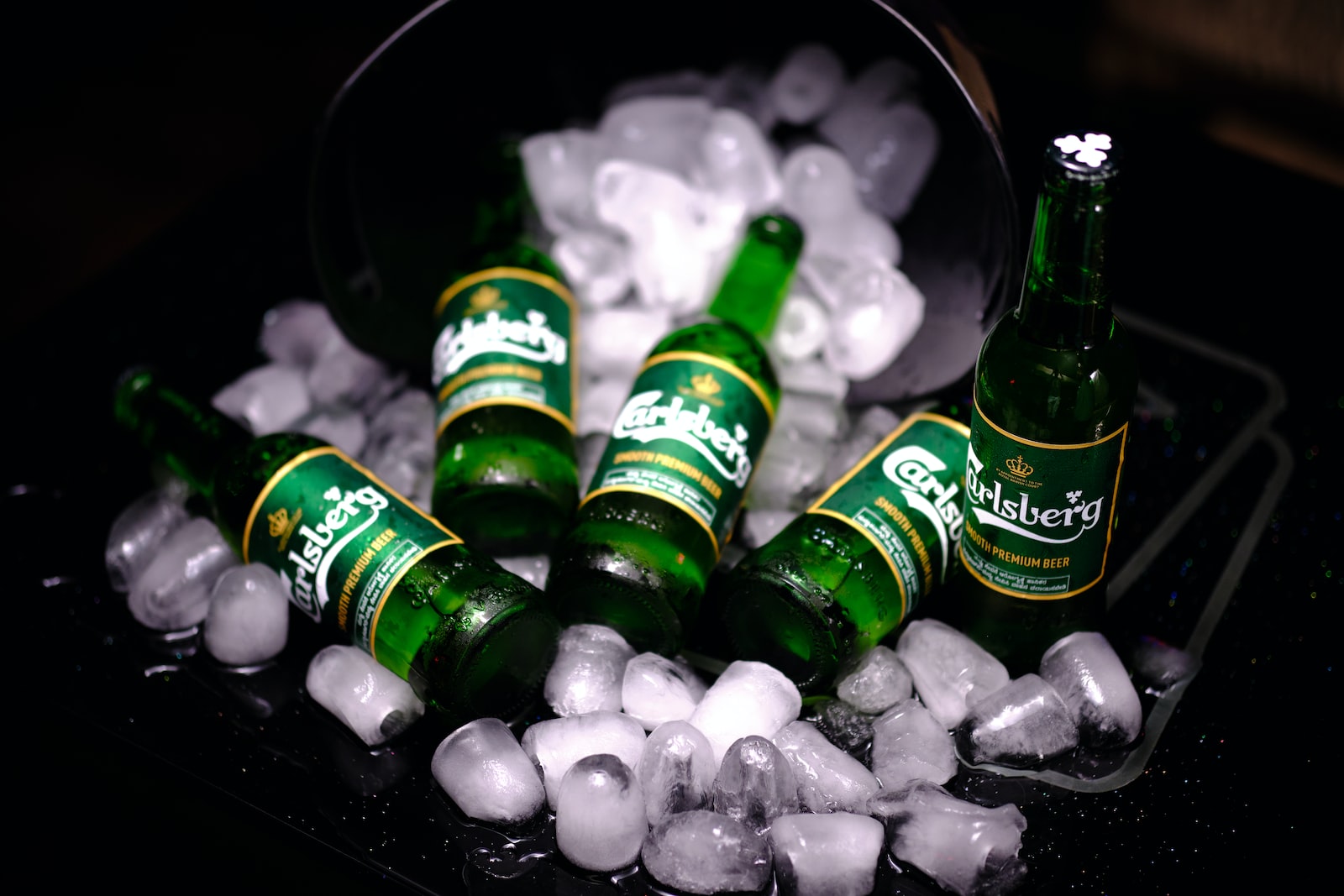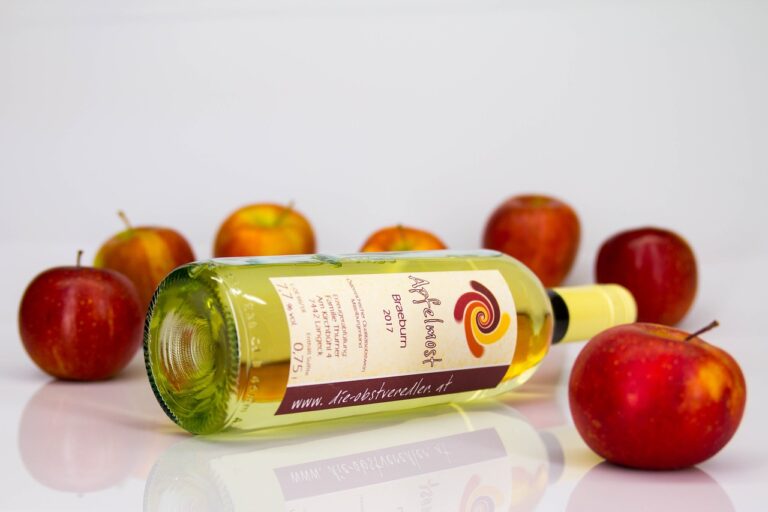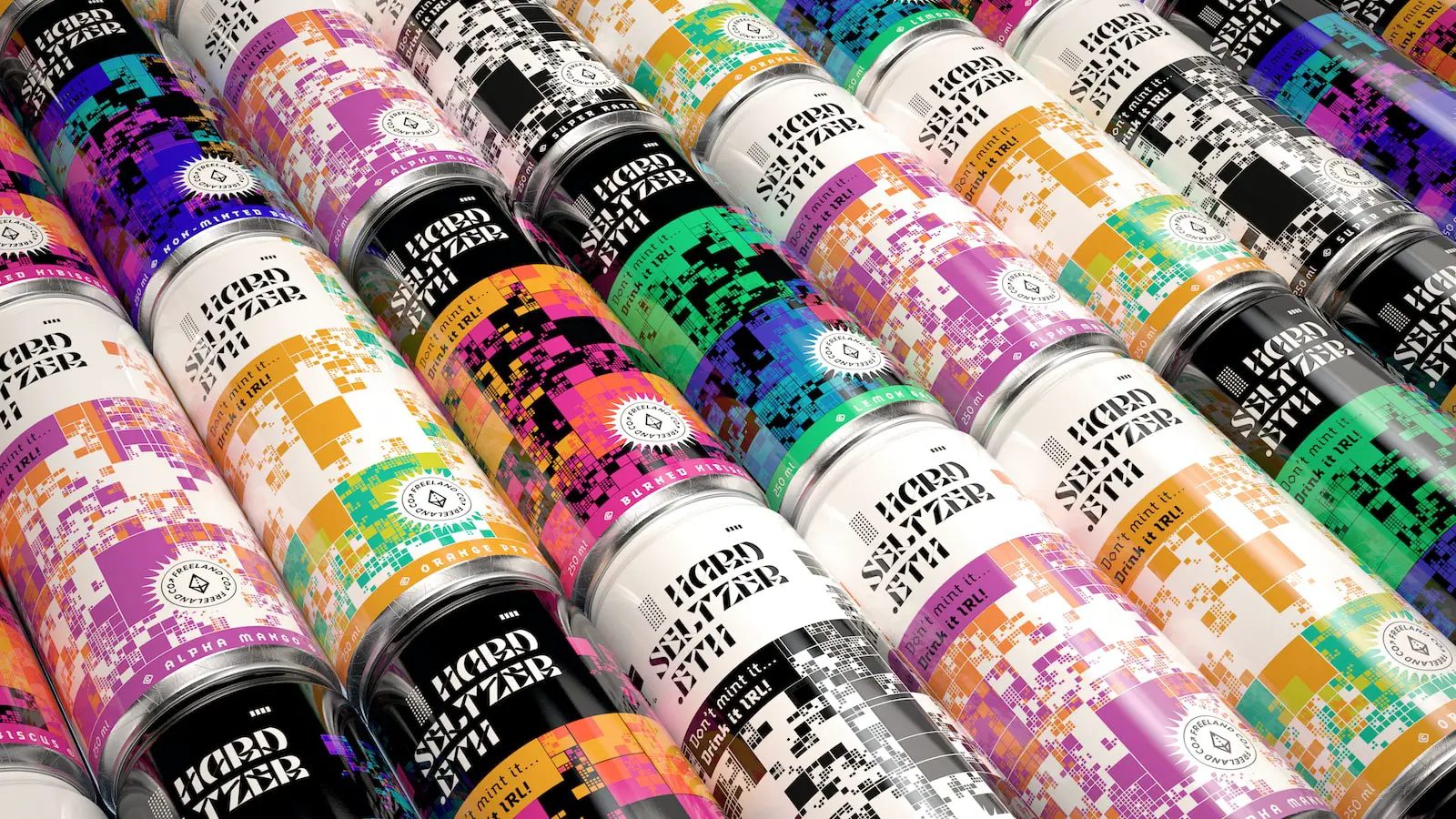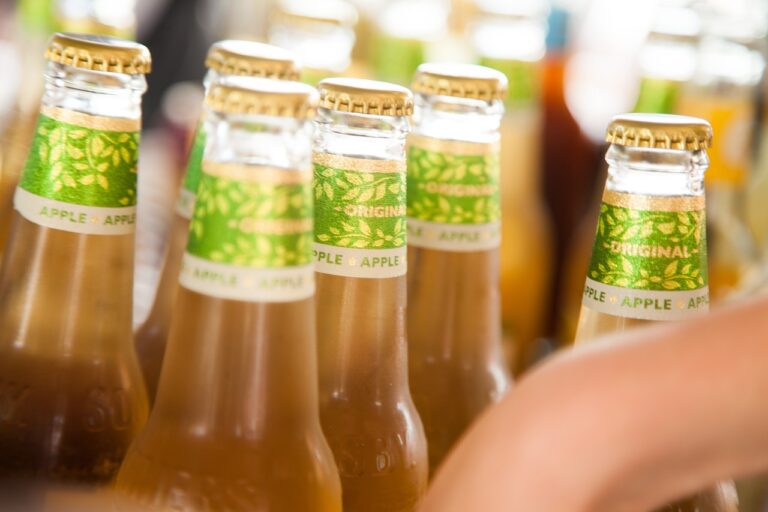What is the difference between an American wheat beer, a witbier, and a hefeweizen?
The Hefeweizen and American wheat beer are of the same wheat family. They are brewed with a large amount of wheat.
Their similarities come from the fact that they have a lot of wheat content and they both have features and characteristics that are common to such beverages.
A lot of people ask us what the difference is between these styles as they have an obvious similarity which is their main ingredient. The main ingredient of these brews is the only similarity between them.
Most craft beers are brewed using malted barley which many have found easy to use. Unlike wheat which has proteins and starch that binds and makes it difficult to extract sugar and brew with.
These binding properties that make it difficult for brewers to use are exactly what makes it perfect for bakers to use for dough and pastries. It is easy for baking but for beer, it is a bit more difficult.
However, despite their obvious similarities they also have differences. These drinks have differences in origin, flavors, and production process.
Hefeweizen vs. Wheat Beer
The difference between these two cannot be complete without mentioning the Witbier.
Witbier
Origin
This beer originated in Germany in the 14th century. It means “white beer” in English.
It was originally made with specific herbs and spices that match the malt content to balance out the malt sweetness. That was before hops became popular as the primary Bittering ingredient for drinks.
In the late 1800s hops became widely used as a replacement for Bittering herbs. Bittering herbs were the primary Bittering component of witbiers and it almost when out of production.
But milk-man Pierre Celis brought it back on, in his small brewery where he made a perfected witbier recipe and he succeeded in it.
In 1989 It was brought to Austin, Texas and it was a big step towards advancements and popularity for this drink.
Some popular witbier brands are Perennial Artisan Ales Daydreaming, West Brewing Doom Pedal, Ritual Brewing’s Wit’s End, Funkwerks White, and Badger State Brewing Walloon Witbier.
Taste
It has a spicy tint as a result of the coriander and citrus used in its production. It also has mild lactic acidity and a bread flavor.
Its major ingredient is wheat and it also has a mixture of barley malt and oats. All these ingredients come together to give it a creamy mouthfeel.
Appearance
It is unfiltered and hence It is a cloudy brew with a golden color appearance.
It typically has an ABV of 4.5 to 5.5%.
Hefeweizen
Origin
This is an unfiltered brew that contains yeast. It is a type of weissbier and It has its origins in 1520s Bavaria, Germany.
It is one of the weissbiers that had an exemption from the Bavarian Purity Law. The Purity Law states that beer should be made only with yeast, barley, hops, and water as it was a popular choice among the royalties.
Until Duke Maximilian amended the law to expand production to boost the economy of the state because he felt that the weissbiers has great economic potential.
Georg I. Schneider was the first non-royal who was given the right to brew weissbier in 1856. Georg I Schneider and Sons brewery has some notable brands of this beer to their name.
This beer first came to America in the 19th century through German immigrants and started becoming popular among craft brewers in the 1980s.
Flavors
It contains unfiltered yeast and It has added bitterness. It is well known for its signature thick whitish foam head.
It has notes of bubblegum, banana, clove, and vanilla, these notes are obvious in its flavor and aroma.
The special Bavarian yeast strain used in the production and fermentation creates these flavor compounds.
Appearance
It has a white cloudy appearance and its signature foam head. Although the appearance can be clear if you don’t empty your drink thereby leaving out the yeast residue that creates a cloudy appearance.
Some brands can even have a mahogany or amber color. It has a sweet and fruity flavor. Popular examples of Hefeweizen brands are Ayinger Brauweisse, Sketchbook Brewing Cumulus, Väsen Brewing Company Hefeweizen, and Urban Chestnut Brewing Company Schnickelfritz.
It’s a drinkable beer with low alcohol as it typically has an ABV of around the 4.0 to 7.0 range.
American Wheat Beer
This is a new kind of brew made popular in the 1990s. It is made using clean American ale and lager yeast as the American craft brewers didn’t have the Bavarian Weizen yeast.
These craft brewers got their inspiration from the spicy and fruity Bavaria weissbiers.
This style does not have the clove and banana flavor of the Weizen yeast. Neither does it have the spiciness of a witbier.
Taste
It has a bread taste, but not the fruity banana taste of the Bavarian beverage.
Appearance
It has a golden appearance or a straw-yellow appearance. It is highly drinkable with an ABV range of 4.0% to 5.5%.
It can have a clear or cloudy appearance depending on whether you empty your bottle thereby including the yeast residue, or you pour it out gently into a glass and leave out the yeast residue.
They are hoppy brews just like most American styles. Some examples in this category are; Three Floyds Gumballhead, Bell’s Oberon, and Boulevard 80-Acre Hoppy Wheat Beer.
Conclusion
Though they are all weissbiers, these beverages have different flavors and tastes, styles of brewing, and special ingredients used.
The only major similarity between them is the fact that a large amount of wheat was involved in the brewing. This large amount tends to create a creamy and silky texture and a foamy head that lasts long as well as a bready character.
You won’t be bored with one taste and flavor when it comes to weissbiers, though the same major ingredient but different flavors and spices, whichever one you choose is still a great beer to enjoy.









